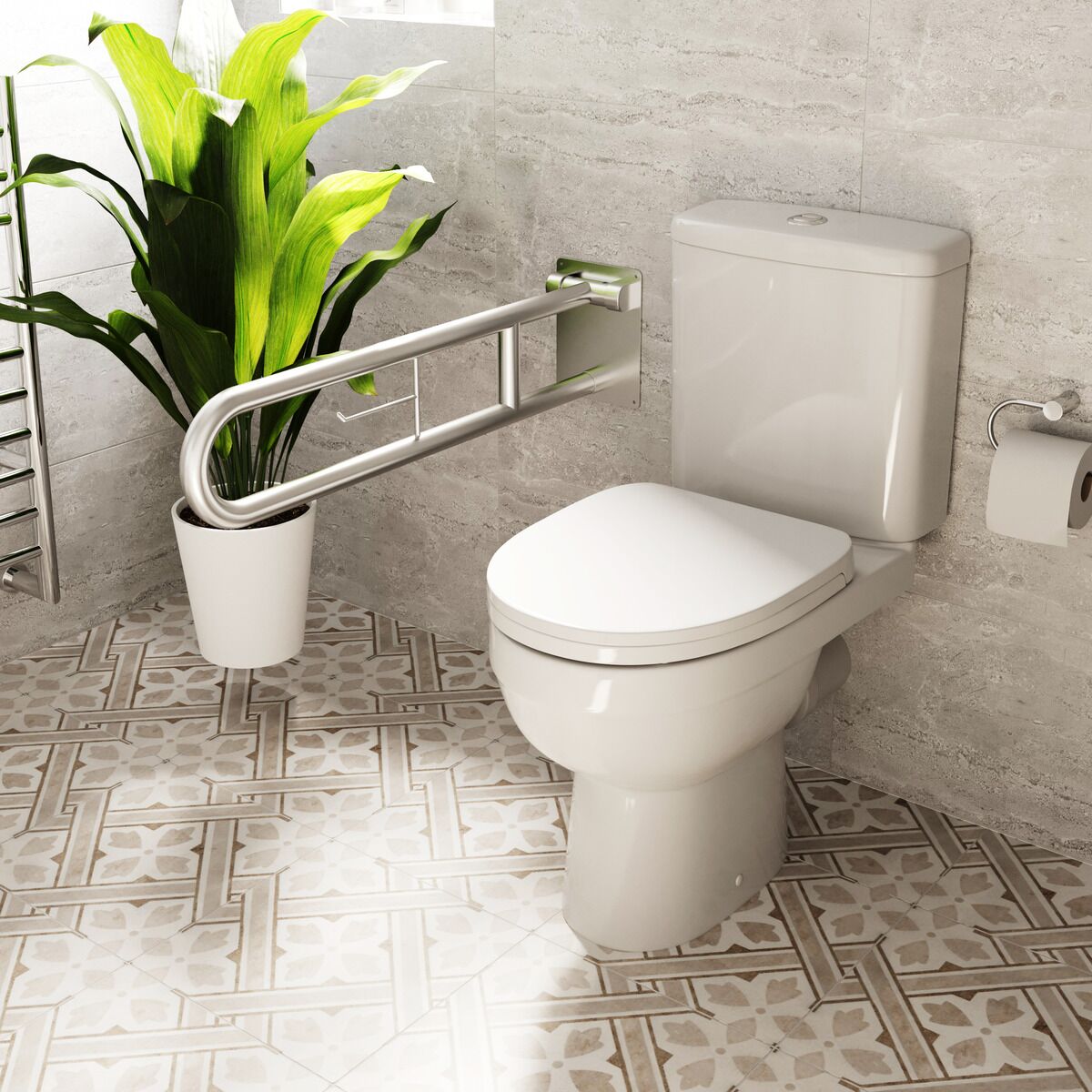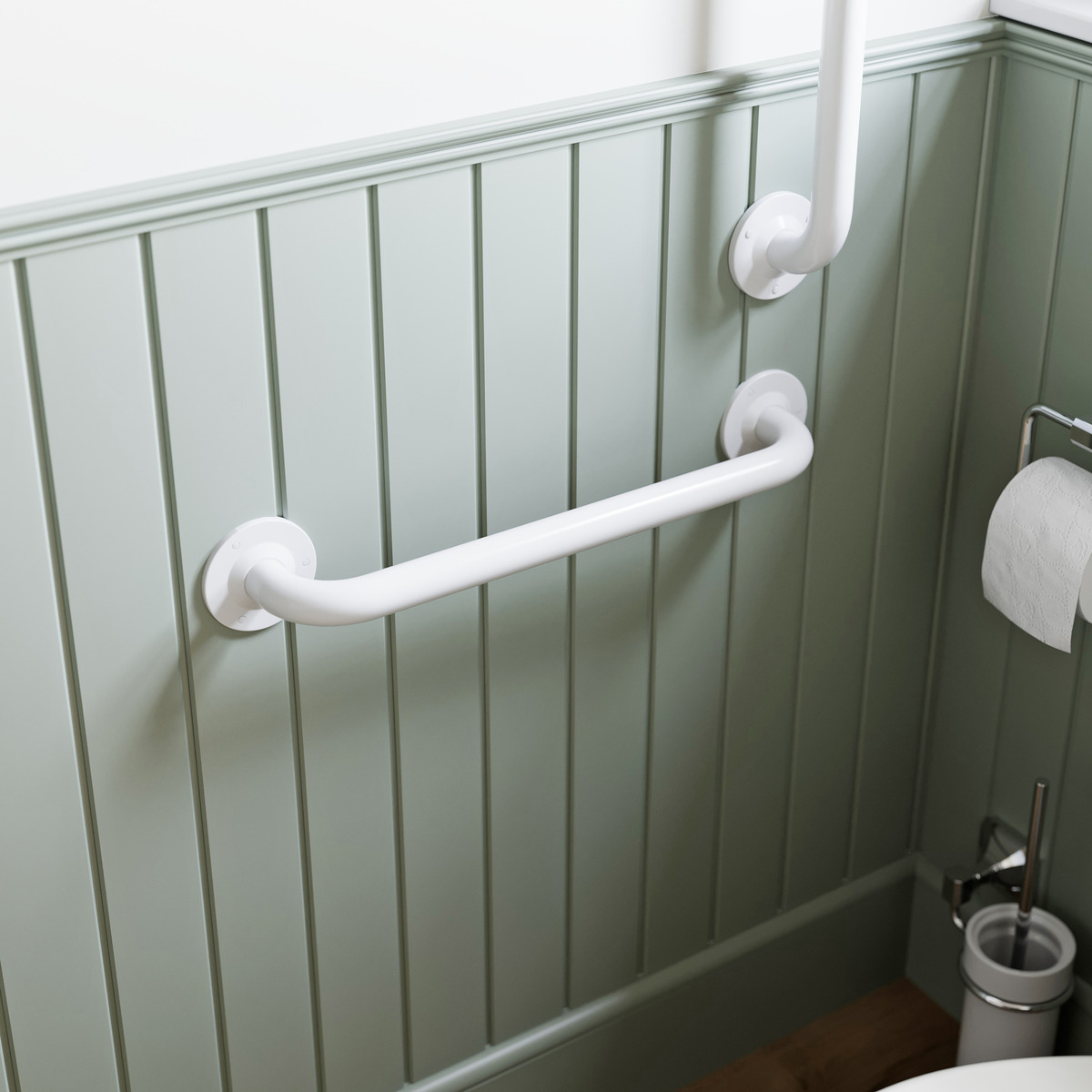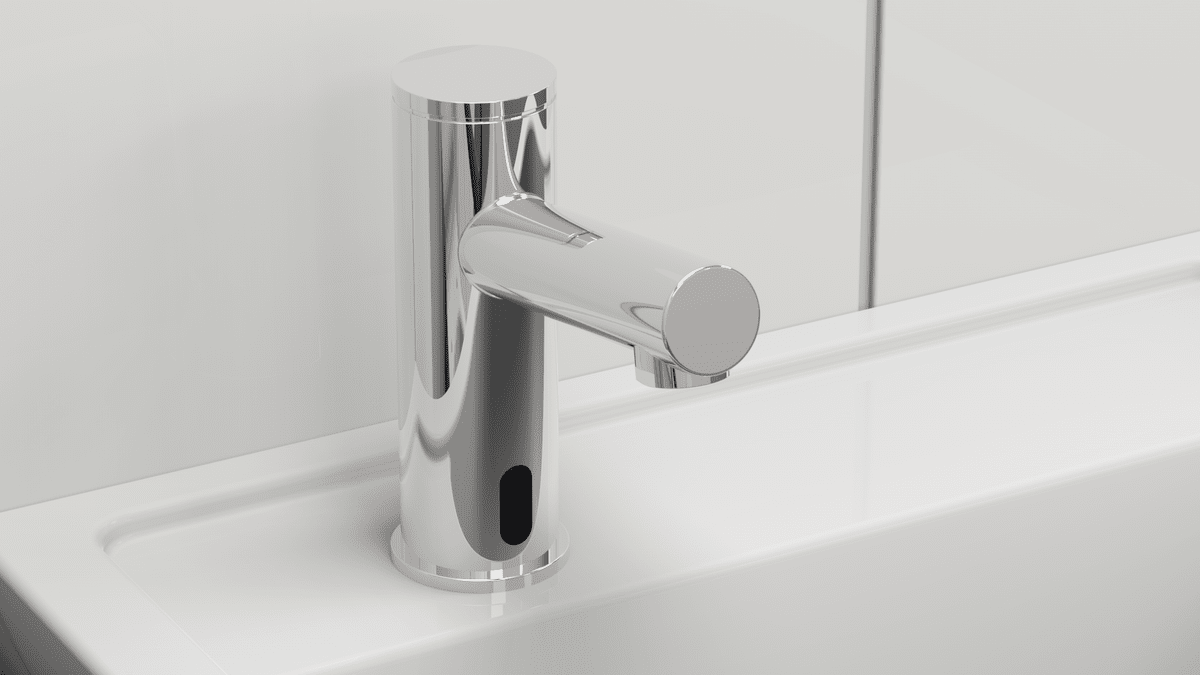Explaining Doc M Guidelines
We’re passionate about designing disabled bathroom solutions that go beyond the guidelines – we’re dedicated to enhancing experiences and creating dignified, inclusive spaces for everybody.
In this blog, we explain Doc M, to shed light on each element’s significance, from the impact of grab rail height to the essential role of shelves.
The Height Matters

Ever wondered why toilet heights are specified in Doc M guidelines? The reason is very simple, yet also very important. Aligning the toilet height with that of a wheelchair seat facilitates seamless transfers without forcing users to exert unnecessary effort in lifting or lowering their weight onto the toilet. For ambulant users, a raised toilet pan simplifies the process of lowering onto and rising from the pan, promoting comfort while minimising strain on muscles and reducing the need for bending.
Bathroom Grab Rails: More Than Just Support

Strategically positioned bathroom grab rails play a pivotal role in supporting users during transfers onto and off the toilet and while seated. Our blog on left and right-handed transfers provides further insights into optimising the layout for enhanced accessibility. We are often asked – why the minimum of 5 bathroom grab rails? The number is not arbitrary. Five grab rails are strategically placed – one on either side of the mirror, one on the wall beside the toilet, a folding rail on the wall behind the toilet, and one on the back of the door. This configuration ensures comprehensive support for ambulant users and facilitates easy opening and closing of the door.
Flushes and Taps: User-Friendly Controls

Lever-controlled flushes and taps are more than just a design choice. They provide ease of operation for individuals with dexterity issues or limb differences who may struggle to grip or twist. Thermostatic valves ensure a safe water temperature, crucial for users with a loss of sensation who might not feel if the water is too hot.
One-Handed Use: Enhancing Accessibility
From tissue dispensers to hand dryers, our washroom accessories are designed with one-handed use in mind. Single-leaf tissue dispensers cater to users who may need to support themselves with one hand while using the other to support themselves on a grabrail. Lower-positioned hand dryers, mirrors, and hooks ensure accessibility for all. Our range of Infrared Doc M packs are also designed to alleviate challenges for those with dexterity problems or limb differences. Using Infrared technology, users can pass a hand or any body part in front of the sensor to flush or turn on the tap.
The Importance of a Shelf
A shelf isn’t just an accessory – it’s a necessity for colostomy bag users. Providing a designated space for supplies like wipes, a clean bag, and creams next to the toilet ensures convenience and preserves dignity.
Turning Circles and Clear Spaces
Accessible bathrooms need ample turning space, with wheelchair-accessible toilets requiring enough room for users to reverse their chairs parallel to the toilet. Keeping the floor space clear is crucial – all too often the larger size of a disabled toilet means it’s seen as an ideal place to store mop buckets and cleaning supplies, creating dangerous obstructions for disabled users.
At NYMAS Group, we believe in creating washroom solutions that prioritise functionality, accessibility, and inclusivity. Our Doc M packs are more than just compliant – they are crafted to enhance experiences and empower every individual.
Need More Information?
We hope this guide offers insight into the reasons behind Doc M guidelines. If you’re unsure or have any questions, our expert team is happy to help – simply get in touch. Call us on +44 (0)1642 710 719, or email sales@nymas.co.uk for expert advice and product samples.
